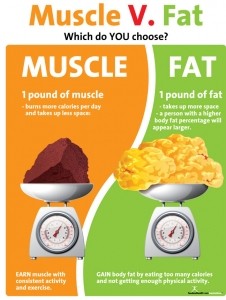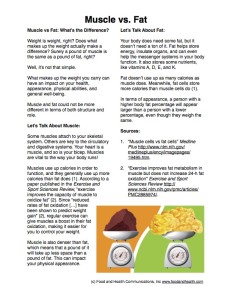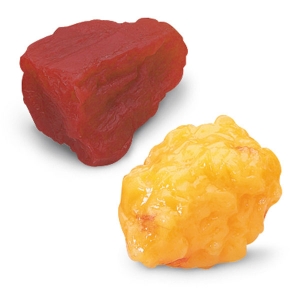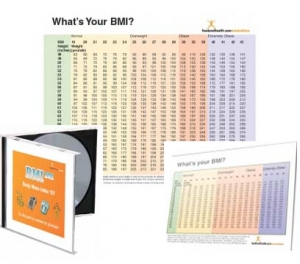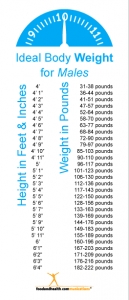COVID-19 has put us all into uncharted territory. Everyone has their own way of dealing with this uncertain time, but it’s safe to say that at some point we all have fears. And many of these fears involve food.
As nutrition and health educators, how can we help? Here are some ideas to get you thinking about how to address some of the common fears so many of us are facing:
Financial fears: Many people are worried about money. They may have lost their job, had hours decreased, or taken a pay cut. We can help by sharing information about healthy eating on a budget:
- Shop smart: Stretching food dollars is a priority when money is tight. Our Healthy Shopping on a Budget PowerPoint show covers it all.
- Shop for produce in season to stay safe: Remind folks to buy what’s in “season” for the lowest price. Some items like cabbage, carrots, and potatoes are always in season and very low in cost. Remember to keep potatoes in a paper bag at room temperature for optimum storage life. If items look like they are losing freshness you can cook them and freeze them so you don’t lose them.
- Pantry raid: Give tips to use up everything in your cabinets, refrigerator, and freezer.
- Protein pro: Talk about more economical protein sources like beans, nuts, seeds, nut butter, low-fat dairy, vegetables, and less-expensive cuts of meat. Beans and lentils are always lower in cost than meat. Chicken thighs are 2.29 per pound while dried beans are $3.49 per pound. BUT one pound of beans will yield 5-6 cups of cooked beans or about 3 pounds. So the beans are a better deal. They are also high in fiber.
- MyPlate: Focus on filling the plate with budget-friendly choices for each food group. Check out our MyPlate on a Budget tearpad.
- COVID-19 twist: Acknowledge that some people are wary of buying fresh produce. Try to alleviate these fears by talking about basic food safety, but also provide tips on healthy canned and frozen options. Keep up to date with the FDA news feed on food and COVID-19. Currently, there is no evidence of COVID-19 being transmitted via food. Local news and health departments have all the updates on local laws for shelter in place and using masks. Many stores require masks and for people to stay 6 feet apart. Seniors and those with compromised immune systems can follow special shopping hours or use a delivery service like Instacart.
Weight gain fears: Some folks are worried about gaining weight. They’re working at home and the kitchen is a constant temptation. Stress eating is also an issue. We can help by sharing strategies that promote healthy eating:
- Shop smart: If you buy the right foods at the supermarket, you’ll have the right foods at home. Our Shopping Smart for Weight Loss PowerPoint show is a great start.
- Steady is good: Help people realize that even if they’re overweight, it might be smarter to focus on maintaining rather than losing weight during this time.
- Small is smart: Talk about making small changes that will add up to a healthier diet. And for those who are trying to lose weight, remind them that losing just 5-10% of their body weight is enough to make a difference.
- Think about drinks: Warn people about sipping on sugary beverages while binge-watching. Some folks might be drinking more alcohol, too, so it can’t hurt to remind them about lower-calorie choices and watching portion sizes.
- Home chefs: People have more time on their hands, restaurants are closed, and they’re craving comfort foods. Our 25 Ingredients, 15 Meals PowerPoint show can help them get cooking the healthy way, while also saving money!
- Eating your worries: It happens to the best of us. Our Stress Eating PowerPoint show is full of strategies to help.
- COVID-19 twist: Some people are highly motivated to make healthy changes during this time. For others, it’s just too overwhelming to add diet to everything else they’re dealing with (kids, work, aging parents at risk). We have to be there for both and for everyone who’s in between.



